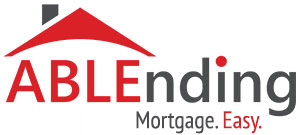Reverse Mortgages – Funding Retirement
With people living longer and longer, funding retirement can become a stressful situation. Reverse mortgages can help home owners avoid worries about cash flow.
Reverse Mortgages
Reverse mortgages are essentially a method for turning the equity in your home into cash. Although there are various options, a typical reverse mortgage will provide you with a lump sum, monthly payments or a credit line based on the equity in your home. The mortgage will have a term of a certain number of years. Instead of making payments on the loan, the bank will become the owner of the percentage of your equity applied for the loan at the end of the term.
Reverse mortgages are only available to older applicants. Every person listed on the deed of the home must be 62 years of age or older. You must also use the home as your primary residence.
The decision to pursue a reverse mortgage can be a tricky one. The biggest issue is an emotional one. We are all mentally trained to buy a home and try to build equity over the years. With a reverse mortgage, we are making the mental leap to actually reduce the equity in our homes. While this may sound like a sensible method for using the nest egg equity, it makes you, me and everyone very nervous.
For some seniors, the reverse mortgage decision makes sense while it doesn’t for others. To limit the potential for problems and scams, banks are required to have senior applicants meet with unbiased third parties to determine the benefits and downside of using reverse mortgages.
If you or your parents have reached retirement age and are facing cash flow problems, you need to become flexible in dealing with finances. Reverse mortgages may be one flexible option that makes sense for your particular situation. After all, you can’t take the equity in a home with you.

Leave A Comment